High Dietary Fiber Foods That You Should Eat Every Day!
By Dr. Malavika Athavale +2 more

Get,

to manage your symptom
Get your,


4 Cr+ families
benefitted

OTP sent to 9988776655



You’ve successfully subscribed to receive
doctor-approved tips on
Whatsapp

Get ready to feel your best.

Hi There,
Download the PharmEasy App now!!


Register to Avail the Offer
Send OTPBy continuing, you agree with our Privacy Policy and Terms and Conditions

Hi There,
Sign up on PharmEasy now!!
Trusted by 4 crore+ families

OTP sent to 9988776655



You have unlocked 25% off on medicines




Code: NU25
By Dr. Malavika Athavale +2 more
If you are looking to add more fibre to your diet, there are plenty of options.
Table of Contents
Fibres also known as roughage or bulk is a plant-based nutrient that are incredibly important for our body.
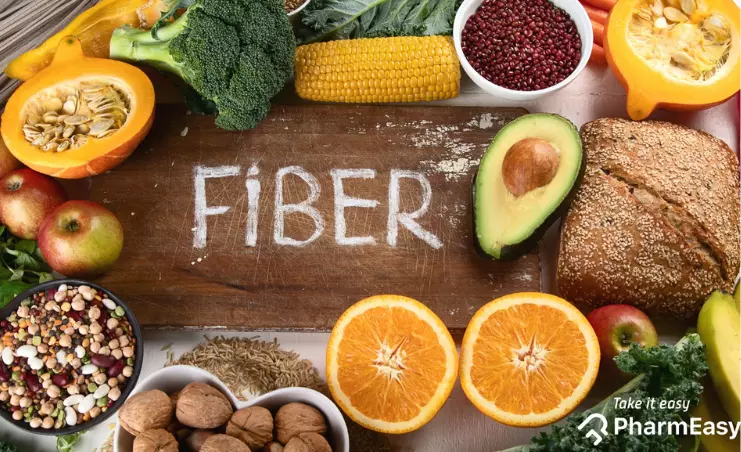
These dietary fibres are indigestible components of plant-based foods. They pass through the stomach without being broken down and reach the colon, where they help maintain a clean and healthy digestive system.
Certain types of dietary fibres help to lower your risk for heart disease, stroke, and diabetes, improve the health of your gut system and fight against constipation. It also contributes to improving the health of your skin and help you to lose weight. It may even help prevent colon cancer.
The recommended daily intake of fibre is 21 to 25 grams for women and 30 to 38 grams for men with variation with age1.
Even if you include high-fibre foods in your daily meals, you may still fall short of the recommended intake. Meeting your fibre needs can be particularly challenging if you’re relying heavily on vegetables alone. Fortunately, a variety of grain-based options are not only rich in fibre but also versatile and enjoyable. Here are some high fibre food options:
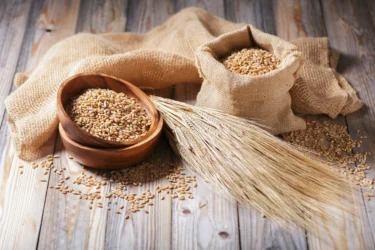
By adding 100 grams of cooked barley in your diet daily can get around 15 to 16 grams of fibre2. Also, you can add this high-fibre grain to roasted vegetables.
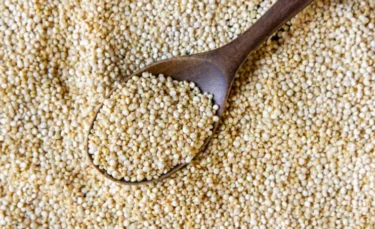
Quinoa is popular among health-conscious people. It is also loaded with proteins, magnesium, iron, and antioxidants. You can add quinoa to your weekly dinner rotation or stir in cinnamon and sugar for a sweet treat. Quinoa has around 14 to 15 grams of fibre per 100 grams2.
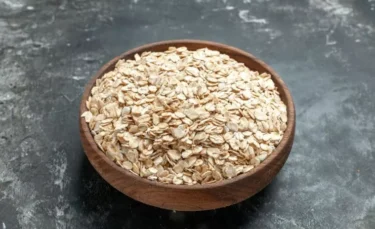
Oat contains a powerful soluble fibre – oat beta-glucan which helps to control blood sugar and cholesterol levels3. 100 grams of oats contain approximately 12 grams of fibre4. You can add it to cookies, muffins, or granola.
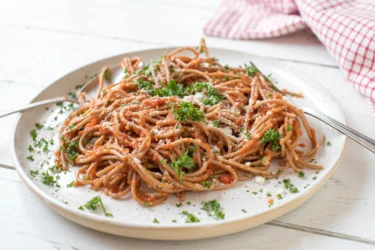
Whole-grain spaghetti can provide many health benefits as it is rich in fibre. 100 grams of whole-grain spaghetti can contain up to 7 grams of fibre5.
Did you know that insoluble fibre is known for its rapid passage through the gut? Additionally, it might also play a role in warding off gut infections12.
Dr. Siddharth Gupta, B.A.M.S, M.D (Ayu)

Popcorn is also called the ”king of snack foods”. You can sprinkle your favourite herbs and spices to enhanceits flavour. 100 grams of air-popped popcorn contain around 15 grams of fibre6.
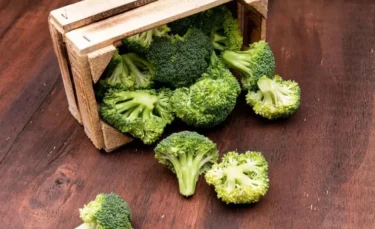
This vegetable can be considered as a fibre vegetable but is also rich in nutrients such as, vitamin C, vitamin K, and vitamin B. Studies have shown that 200 grams of broccoli contains of fibre and can support the gut bacteria to stay healthy and balanced7.
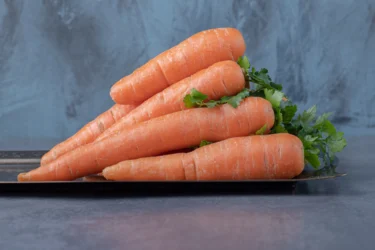
Carrot is a root vegetable mainly known for its beta carotene content but it also contains fibres. 100 grams of carrots will give you 4 to 5 grams of fibre2.
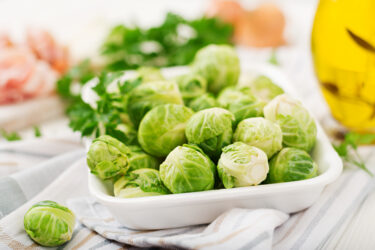
These mini cabbages can be boiled, fried, or can be added raw in your bowl. They’re very high in fibres, vitamin K, potassium, folate, and potent cancer-fighting antioxidants8. 100 grams of Brussels sprouts contain around 4 grams of fibre2.
Did you know that soluble fibre, when consumed, acts like a sponge in the gut? It may slow down digestion of fast foods and help to lower blood sugar levels, making it particularly beneficial for individuals with diabetes12.
Dr. Rajeev Singh, BAMS
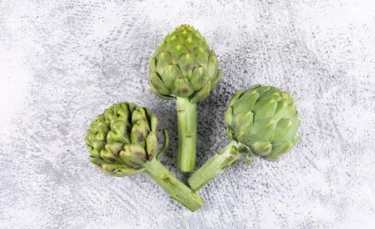
One of the best sources of fibre. 100 grams of artichokes can provide around 5 grams of fibre9.
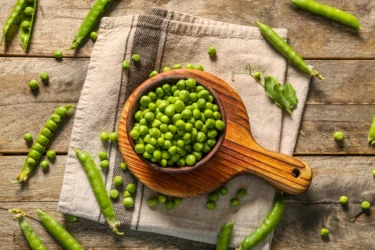
Flavourful and healthy, fresh green peas are a great source of fibres and iron, vitamins A, and vitamin C. 100 grams of peas can give you around 6 to 7 grams of fibre2.
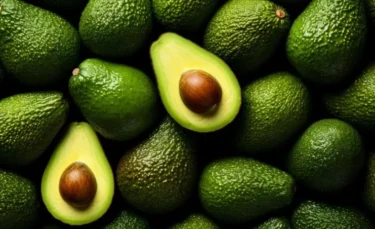
Avocado is widely enjoyed for its creamy flavour and health benefits. It is also loaded with various vitamins, antioxidants, and magnesium. 100 grams of avocados can give you around 7 grams of fibre2. But consult with a nutritionist or doctor before adding it to your diet.
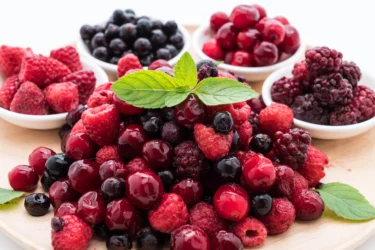
Berries are usually known to be rich in antioxidants but they are also rich in fibres. 100 grams of gooseberries, strawberries, and blackberries can give you around 8, 2.5, and 4.5 grams of fibre, respectively2.
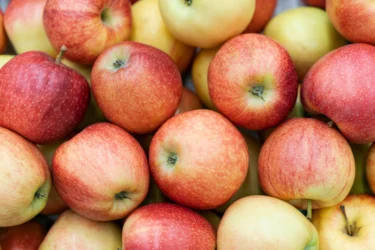
Apples are particularly rich in a type of soluble fibre called pectin. There are about 2 to 3 grams of fibre in 100 grams of apples.2 Studies have shown that apples are helpful in protecting arteries and lower cholesterol10.
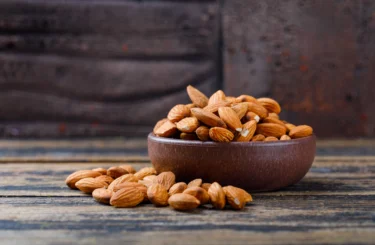
Almonds are high in fibre and many other nutrients such as healthy fats and vitamin E. 100 grams of almonds can give you around 13 grams of fibre2.
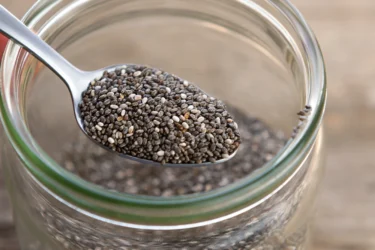
Chia seeds are super-foods loaded with soluble fibres. 100 grams of chia seeds provides around 34 grams of fibre11. It also contains a high amount of magnesium, phosphorus, and calcium.
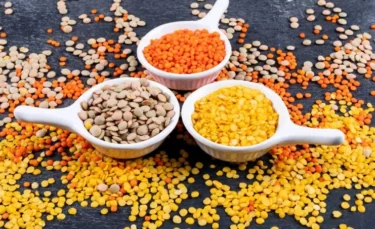
Lentils can be an excellent source of fibres. 100 grams of lentil (yellow and brown) can give you up to 17 grams of fibre2. They’re also very high in protein and loaded with many important nutrients.
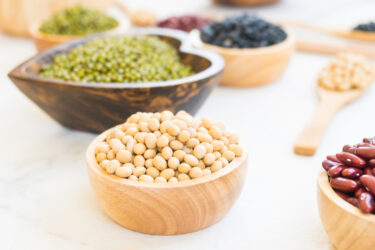
Beans such as kidney beans (or rajma) and soybeans are fibre-filled snacks. 100 grams of rajma (black, brown, or red) contains around 16 to 18 grams of fibre. 100 grams of soybeans (brown and white) can give around 21 to 23 grams of fibre2.
Fibre acts like a superhero for our bodies! It might help to lower the risk of conditions like heart disease and diverticular disease in addition to diabetes and constipation. By being a friend to our gut microbiome, fibre fights off chronic inflammation linked to these diseases and keeps us feeling healthy and happy13!
Dr. Smita Barode, BAMS, M.S.
Constipation is a common problem and everyone experiences from time to time. It is characterised by the feeling of being unable to pass stool completely or partially. Several factors can contribute to constipation, including lifestyle habits and dietary choices. Common symptoms include stomach cramps, a sensation of fullness, and even a loss of appetite.
While there are various medications available to relieve constipation, certain foods can be highly effective without causing side effects. Foods rich in fibre are particularly helpful in alleviating this problem by promoting regular bowel movements. Here are some high-fibre foods that can help relieve constipation:
. Here are some high fibre foods a person can eat to relieve constipation:
Fibre can a helpful ally in weight loss. By promoting a feeling of fullness, it can help curb your appetite, potentially leading to a reduction in calorie intake. If you’re aiming to lose weight, including fibre-rich foods in your diet may help you feel satisfied while consuming fewer calories.
Dr. Anuja Bodhare, B.A.M.S, M.D (Ayu)
Also Read: Top Food Sources of Calcium for Your Bones
Even though fibre is essential for your body, too much of it may not be good for you. Here are a few side effects of having too much high-fibre foods:
When checking food labels, keep an eye out for the ‘dietary fibre’ content. Fibre sources with at least 10% of the ‘per cent daily value’ for fibre are generally considered a good addition to your diet.
Dr. Ashok Pal, B.A.M.S.
Also Read: The Detailed 7 Days GM Diet Plan for Weight Loss
While it may seem beneficial to consume a large amount of fibre, it is essential to maintain a balanced intake. Excessive fibre can lead to digestive discomfort, such as bloating or gas. When adjusting your diet, it’s important to start gradually and listen to your body’s signals. Ensuring adequate hydration is crucial, as fibre works best when paired with sufficient water to prevent issues like constipation or indigestion.
If you’re unsure about the ideal amount of fibre for your needs, it’s always best to consult a healthcare professional for personalised advice.
Also Read: 15 Amazing Health Benefits of Ghee
Disclaimer: The information provided here is for educational/awareness purposes only and is not intended to be a substitute for medical treatment by a healthcare professional and should not be relied upon to diagnose or treat any medical condition. The reader should consult a registered medical practitioner to determine the appropriateness of the information and before consuming any medication. PharmEasy does not provide any guarantee or warranty (express or implied) regarding the accuracy, adequacy, completeness, legality, reliability or usefulness of the information; and disclaims any liability arising thereof.
Comments

Leave your comment...
You may also like
Comments